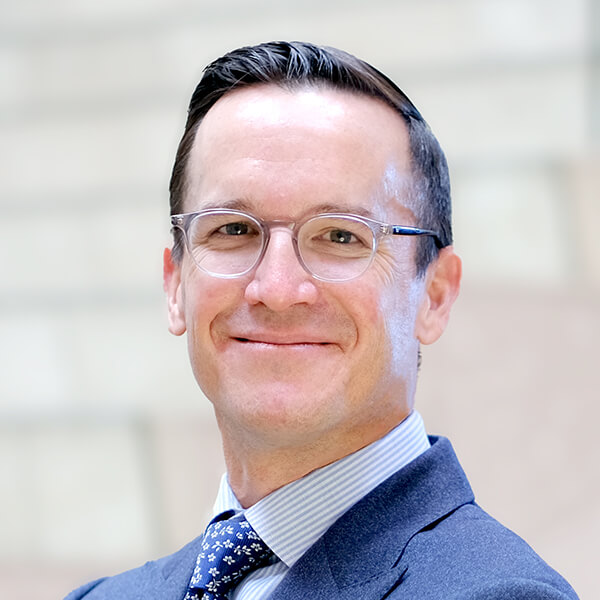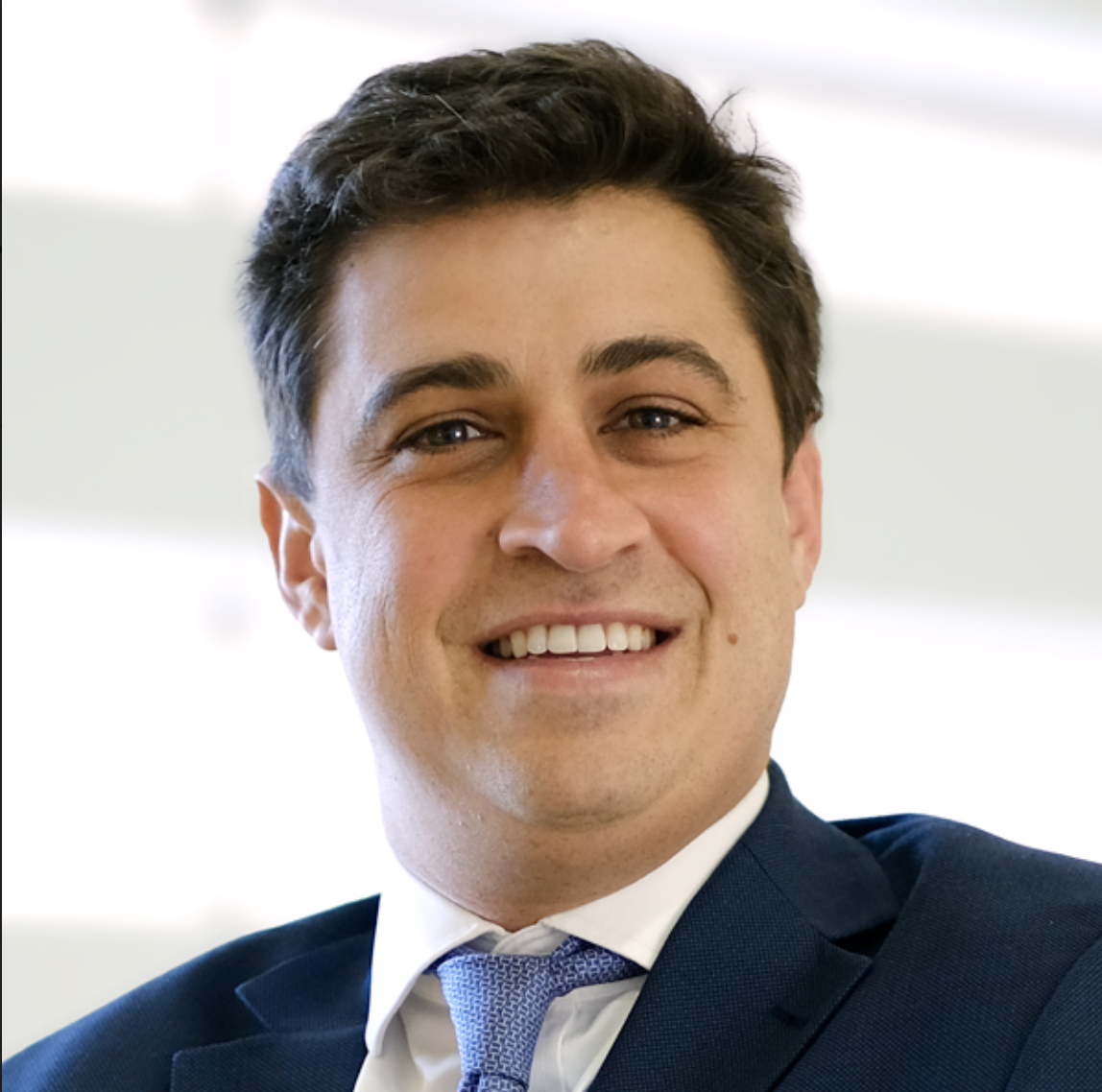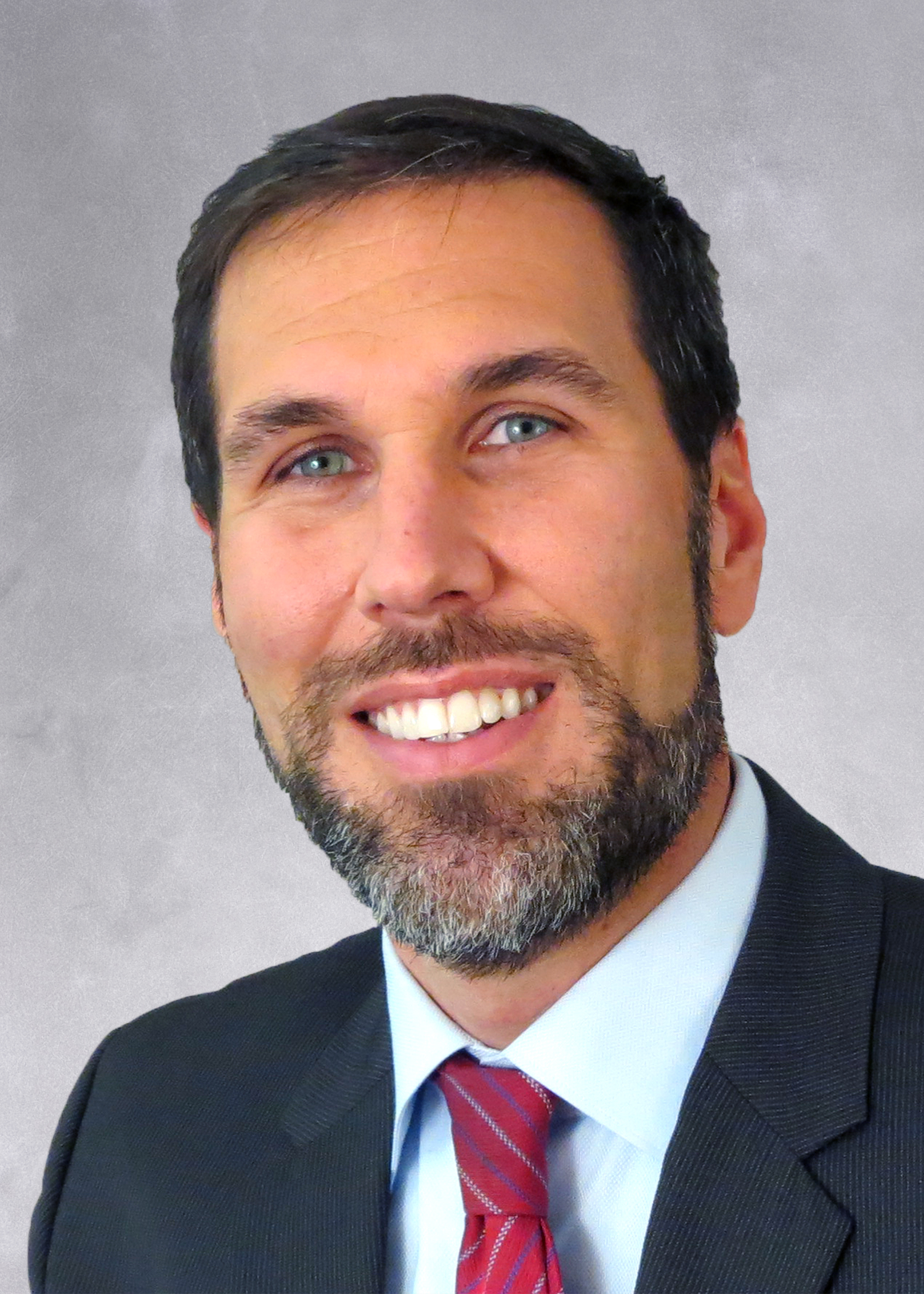Jason Brady, CEO of Thornburg Investment Management, shares with Funds Society his views on where the Fed goes from here; the recession and credit risks investors face; and where to consider positioning portfolios today.
What should we expect from the Federal Reserve? Could we see rate cuts before year-end?
The reality for the Fed is that they’ve spent the last 14 months catching up. They lagged very much behind, and they had to get to a point where they were no longer driving from the back seat. They’re now a little bit more under control in the context of where they think they need to be. And most of their recent communication essentially underlines that fact. We likely saw the last –or perhaps the second to last –hike this year absent any real acceleration of inflation, which I don’t particularly expect. The markets indeed understood that while this isn’t necessarily a pivot, the Fed is much closer to the end of the hiking cycle.
I think what we’re getting back to over time is a more traditional credit cycle and that we’ll see a recession later this year. It won’t be driven as much by consumers although that’s something I’m worried about because that seems to be the consensus. Any time you’re in consensus you should be concerned. But ultimately, what we saw in 2022 was not a recession environment. It was a normalization of rates. That normalization of rates could accelerate a credit cycle as we get through the process. It is really a question of how we clean up balance sheets and how we normalize labor markets. We could even see a Fed rate cut this year.
But macro data is mixed in the U.S. What should we monitor?
The challenge that the Fed has is that employment and inflation, the Fed’s mandates, are also the most lagging indicators. If you wait for unemployment to begin to rise you’re, very likely already in recession. Similarly, inflation’s coming down. But it’s really the lagged effect of the Fed’s actions to slow the economy. Let’s remember, the Fed raising rates is specifically designed to slow the economy.
I’ll note that one last element of the Fed’s mandate is a mandate around financial regulation and stability. We’ve seen a number of headlines in the last couple of months about the banking system. It is a fact of history that when the Fed raises rates, in the fastest fashion we’ve seen in 40 years, things start to get a little wobbly. While that’s not what the Fed is looking for specifically, it is, in fact, an element of a slowing economy and that’s what we’re seeing.
Will inflation remain structurally at higher levels than in the past?
One of the things that’s been most surprising to me over the last several years is how long reverberations from COVID disruptions have taken to work through the economy. Obviously during COVID, there weren’t a whole lot of services one could consume sitting at home. But people started to get into goods consumption in the year following the COVID shutdown in March. That coupled with supply chain disruptions really caused a significant amount of goods inflation.
Remember inflation’s a rate of change measure. Prices don’t need to fall. They can stay at an elevated level and inflation goes to zero. Goods’ prices have normalized significantly. However, services prices and services inflation have taken the baton from goods prices. Services prices are now rising at a rate around mid to high single digits. That’s a real concern. What the Fed is looking at now is the potential for sustained expectations of services or wage prices rising. My view frankly is that will slow. What you’re seeing is some forward-looking indicators of strength in the labor market beginning to slow.
Where is Thornburg finding investment opportunities in the fixed-income space?
At Thornburg generally, we don’t move around duration positioning in our portfolios. We want investors to have a sense that we’re going to be in a particular part of the curve. But certainly, an inverted yield curve presents a particular set of incentives for investors. What investors have generally done and gravitated towards is the very front end. That’s okay from an asset/liability perspective if you’re investing in short-term securities for short-term needs. But what’s interesting about fixed income markets today versus most times in the last 15 years, is that you actually see some value a bit further out on the curve. What we’re seeing is that rates move from notably negative a couple of years ago to nicely positive today. They were better 3, 4, 5 months ago, but still, we’re seeing nicely positive real yield. Investors can take advantage of real yields that are higher than we’ve seen in a number of years. More importantly, because those yields are at those levels a little further out on the curve, high-quality fixed income can start to play a more traditional role in portfolios, providing income but also ballast to your portfolio. Fixed income offers a risk reduction measure as in a typical 60/40 portfolio.
What we see is some value out in the intermediate part of the curve for a lot of investors, particularly those that have spent the last several months or even year rolling front-end treasuries. We hear that a lot from clients and to me it looks like an asset-liability mismatch that investors will regret. The last time investors were asking me the question of why would I invest a little further out the curve was in 2007.
What about global equities? Can you give us a flavor of your equities strategy as well?
There’s a lot of discussion about deglobalization. Despite a lot of political rhetoric, it’s still quite a globalized economy. I don’t think the downturn we’re likely to experience going forward is 2008, but I think everyone can remember that in 2008 U.S. residential mortgages were the problem of the whole world. And it goes both ways.
It is less about extremely differential global economic situations. I think it’s more about valuation. Let’s talk about equities for a second. It’s pretty clear to us at Thornburg that international or global equities relative to US equities there’s always a valuation gap particularly relative to sector concentrations. For us, the opportunity is not so much that companies domiciled, for example, in Europe, are going to do much better because they’re in Europe or much worse, but rather because global companies that are domiciled in Europe are just cheaper. Frankly, that valuation dynamic is a really big part of a margin of safety. I also think that given what we’re about to see going forward, investors would do well to focus on cash-generative companies.
Important Information
The views expressed are subject to change and do not necessarily reflect the views of Thornburg Investment Management Incorporated. This information should not be relied upon as a recommendation or investment advice and is not intended to predict the performance of any investment or market.
This is not a solicitation or offer for any product or service, nor is it a complete analysis of every material fact concerning any market, industry, or investment. Data has been obtained from sources considered to be reliable. Thornburg makes no representations as to the completeness or accuracy of such information and has no obligation to provide updates or changes. Thornburg does not accept any responsibility and cannot be held liable for any person’s use of or reliance on the information and opinions contained herein.
Investments carry risks, including possible loss of principal.
Outside the United States
This is directed to INVESTMENT PROFESSIONALS AND INSTITUTIONAL INVESTORS ONLY and is not intended for use by any person or entity in any jurisdiction or country where such distribution or use would be contrary to the laws or regulations applicable to their place of citizenship, domicile, or residence.
Thornburg is regulated by the U.S. Securities and Exchange Commission under U.S. laws, which may differ materially from laws in other jurisdictions. Any entity or person forwarding this to other parties takes full responsibility for ensuring compliance with applicable securities laws in connection with its distribution.




